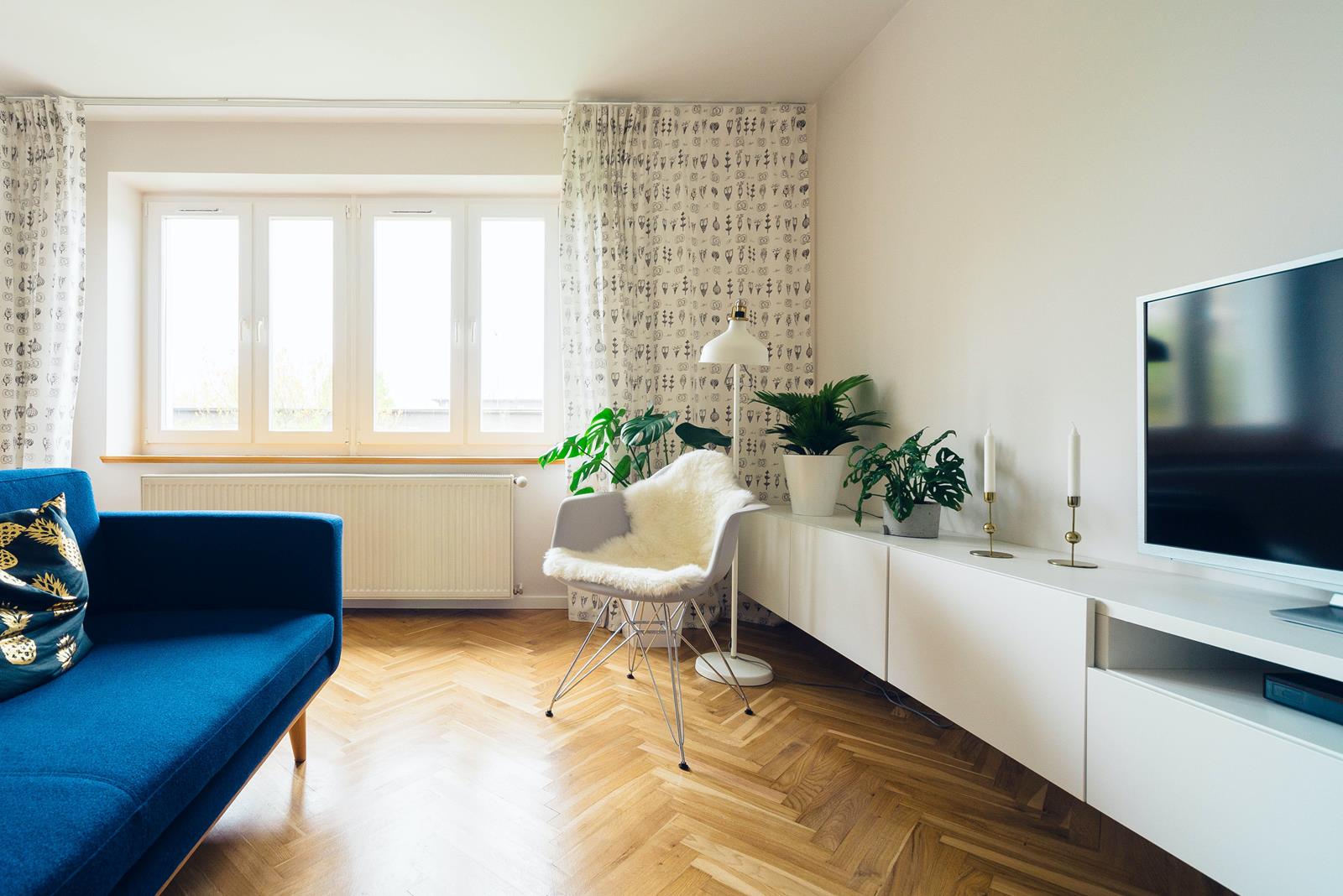
31 Aug
Types of Furniture From the Basque Country
The history of furniture goes far back into the remotest of times. Early man used simple materials to construct furniture. As time progressed, more complex materials were used. Furniture referred to movable objects designed to support different human activities including seating (e.g, chairs, tables, and couches), eating (e.g, tables, and countertops), and sleeping (a bed). Furniture was also used to hold important objects at a convenient height for work (a desk for writing), or to store important objects for easy access later (a cabinet for table drawers).
Wood was the most common material used in early furniture. Basic furniture usually consisted of benches, chairs, tables, and sometimes footstools. Over time, various types of wood were used for different purposes, including oak, pine, cherry, walnut, birch, bamboo, and mahogany. During the Middle Ages, furniture designs began to include complex pieces such as wardrobes, drawers, chests, armoires (a type of cupboard), drawers with doors, and intricate furniture.
In the Renaissance, the Italian city-states of the Venice period produced some of the most beautiful furniture in Europe. The most notable Italian pieces were the arches (a row of arches connected by parallel lines), gilded chests (usually supported by pillars in front of a central pedestal), and the most famous piece, the Donation, or Nicaea, of Pope Sixtus IV. This wooden treasure chest was constructed over 300 years ago and is still on display in the Museo di San Donato in Turin, Italy. The Nicaea had gold coins in its compartment, which has assisted scholars to interpret it into ancient Greek history.
Furniture from the Counter-Reformation period (also known as the Golden Age) featured walnut veneers over a cherry wood frame. The furniture was often complex and ornate, featuring many intricately carved and decorated pieces. The main purpose of these chests and tables was to hold important items that were part of the church or state treasury.
Renaissance-period furniture tended to be very simple, using mainly flat wood panels covered with velvet for cushions. Black walnut was usually the dominant color, with other colors being mostly dark brown or black. One highly decorated item from this era was the secretary desk, which had a raised lip around the edge that curved slightly. This piece of furniture facilitated the posting of legations, or letters, on the walls of the cabinet. Other secretary desks were decorated with carved statuettes.
The Pre-Raphaelites, also known as the Artsy group, used a lot of walnut wood in their pieces of furniture. These pieces were simple but elegant. Many were created for the king of Egypt, including a great chair called the Medallion. The most common materials used for these pieces of furniture were walnut, horn, marbles and ebony wood. The Egyptians also created furniture in the style of the Vastu, which is a set of teachings from the Indian art of Indian astrology.
Veneer furniture was highly popular in Europe during the Gothic era. This furniture featured beautifully crafted tables of walnut, which were glazed and adorned with gold leaf. Large tables were topped with pewter colored veneers. A popular choice was a four-poster bed with four large posts on each side of the canopy.
The Baroque period gave furniture makers in Italy a chance to expand their horizons. Here, artists used a variety of materials, such as gold leaf and tortoise shell. The tables of this time were often quite large, similar to the sizes of today’s banquet tables. Sometimes, chairs of gold leaf or tortoise shell were added to the seating. This furniture was usually made to sit upon a small table, or on a dais, which would be located in a public square.
Proudly powered byWordPress. Theme byInfigo Software.








